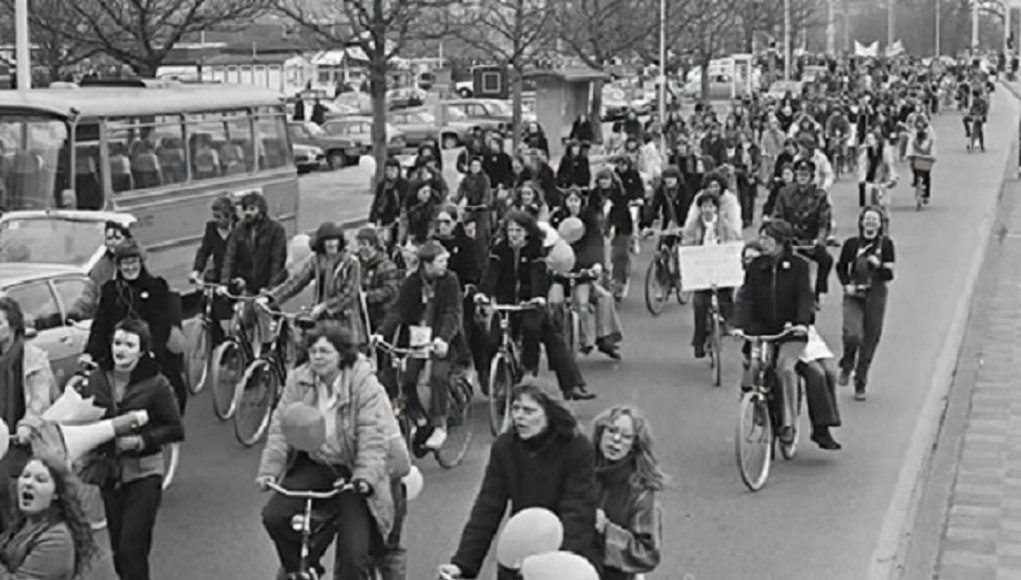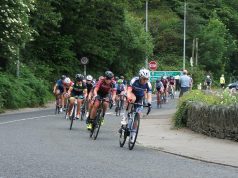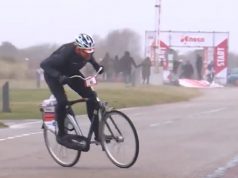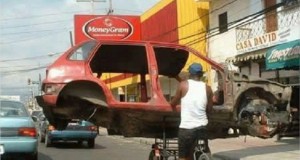The Netherlands is well known for its great cycling infrastructure and also the high number of people who cycle in the country. However, it wasn’t always this way.
The film ‘How the Dutch got their cycle paths’ from a few years ago explains how the country faced the same problems in the 1960s and 1970s that other countries currently face, namely an overdependence on cars and cities congested with traffic.
Protests started in the early ’70s about the number of road deaths and in particular, the number of children killed on the roads and during the oil crisis of 1973, the Dutch Prime Minister told the people that they needed to be less dependent on energy.
Car-free Sundays started and some city centres became car-free. The Dutch people wanted more and the mass protests continued, looking for better cycling infrastructure.
The first cycle paths were created in The Hague and Tilburg which can be seen as the start of the country’s modern cycling policies. The numbers of cyclists susbsequently escalated.
As is stated in the film: “The Netherlands’ problems were and are not unique. Their solutions shouldn’t be that either.”









